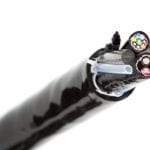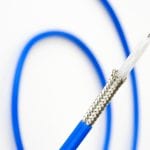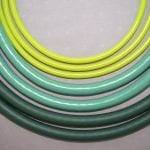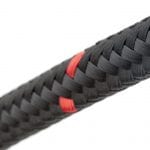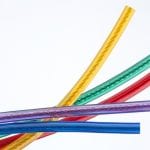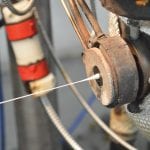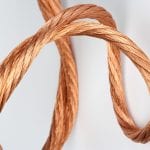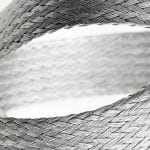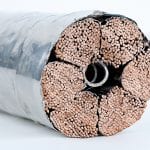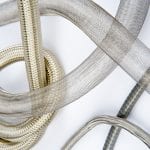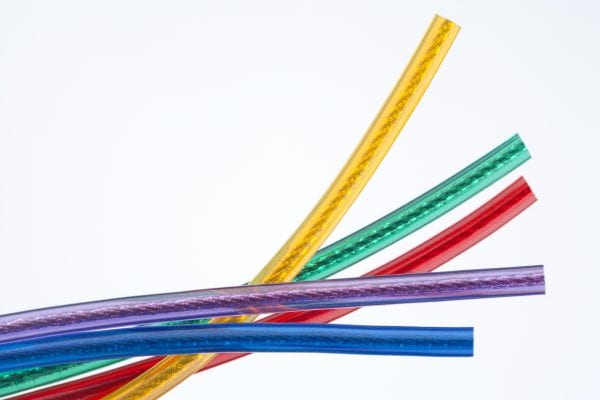In addition to the selection of base metal and stranding technique, plating is an option to maximize and customize the properties of a conductor. Plating offers a relatively inexpensive means of combining the advantages of two metals.
The conductors and shields of multi-conductor cable are typically manufactured using copper or copper-based alloy as the base metal primarily due to these materials’ high conductivity, good mechanical performance and reasonable cost. While copper-based materials offer numerous benefits as electrical conductors, many applications require properties beyond what non-coated wire can provide. These properties include solderability, temperature range, contact resistance or corrosion, and chemical resistance; therefore, in order to improve one or more of the above properties, conductors are often plated. A variety of metals can be used for plating; however, tin, silver, and nickel are by far the most common.
Tin is the most common coating for copper and copper alloys due to low cost and very good solderability. Improved corrosion and chemical resistance is also an advantage of tin plating (but is dependent upon coating thickness). Tin has a relatively low melting temperature and therefore provides little, if any, improvement to the operating temperature range of copper. Also, tin has relatively low conductivity and, when plated over copper, forms an inter-metallic layer which will increase resistance compared to bare or silver plated wire.
Silver offers extremely high conductivity and will actually reduce the resistance of plated wire. This is particularly beneficial in high frequency applications because the skin effect will result in increased current flow through the silver. In addition to conductivity, silver plating copper will increase high temperature performance and generally improve chemical resistance. Solderability of silver plated conductors is excellent and while silver may experience some oxidation, silver oxide is a conducting material so the impact on solderability is not significant. While silver plating offers many advantages over tinned or uncoated copper, the added cost is a consideration.
Nickel is a much harder metal than other common plating options and offers excellent resistance to high temperatures. The operating temperature range increase due to nickel plating depends on the thickness of the plating but is superior to that gained by using silver. Nickel is very resistant to harsh environments and corrosion; however, due to its hardness, soldering can be difficult and requires an activated flux. Crimp termination can be a good option for nickel plated wire, but, because it is a hard material, some adjustments to tooling may be necessary. Conductivity of nickel is relatively low and plating will increase the resistance of wire (much like the impact of tin plating).
New England Wire Technologies has in-house plating facilities for tin and silver to meet your specific requirements or to ASTM standards. In addition to those discussed, New England Wire has utilized numerous other plating options including gold, chrome and Stay-brite®. We have extensive experience manufacturing custom wire and cable with plated materials and can work with you to select the appropriate option for your application.
Stay-brite® is a registered trademark of Harris Products Group.







